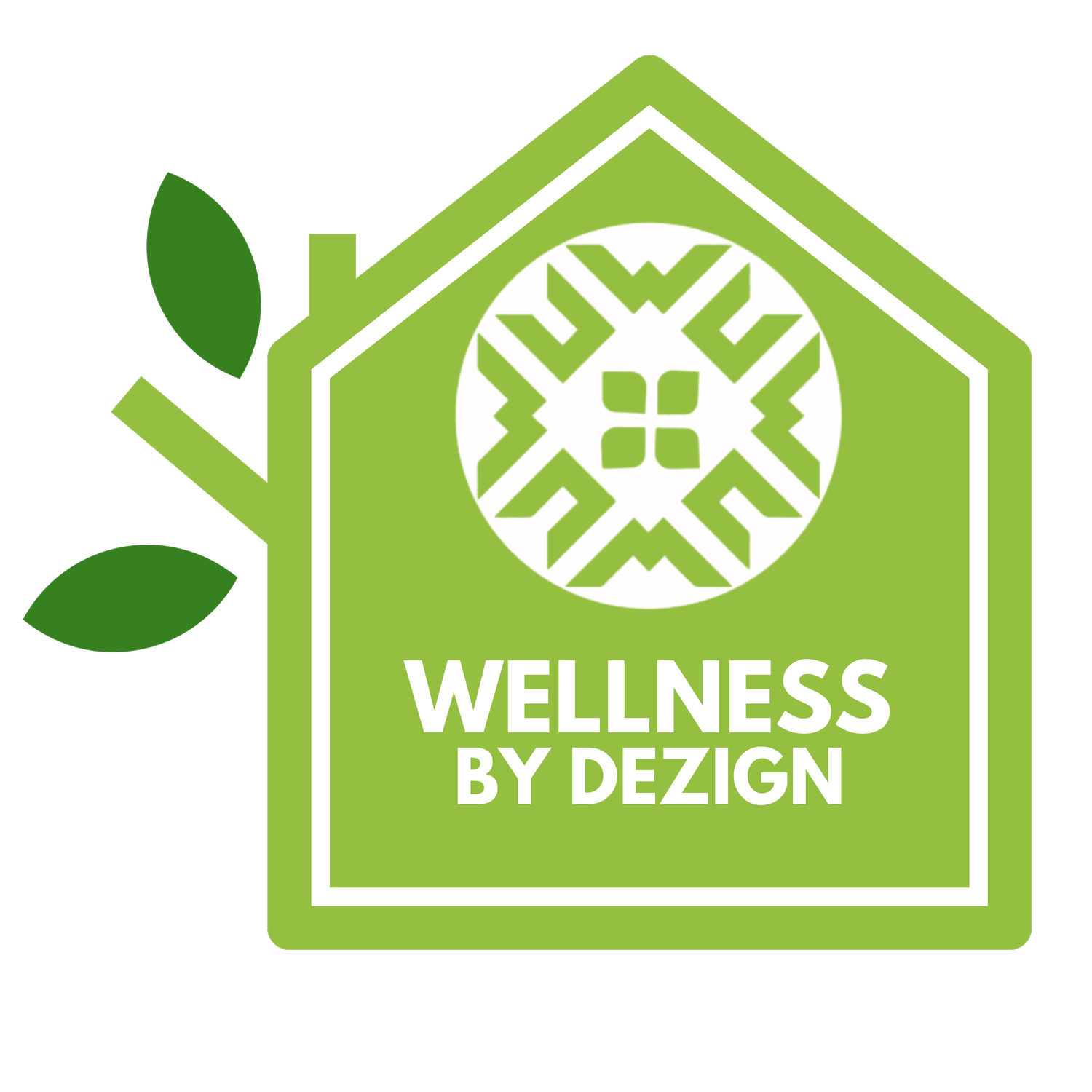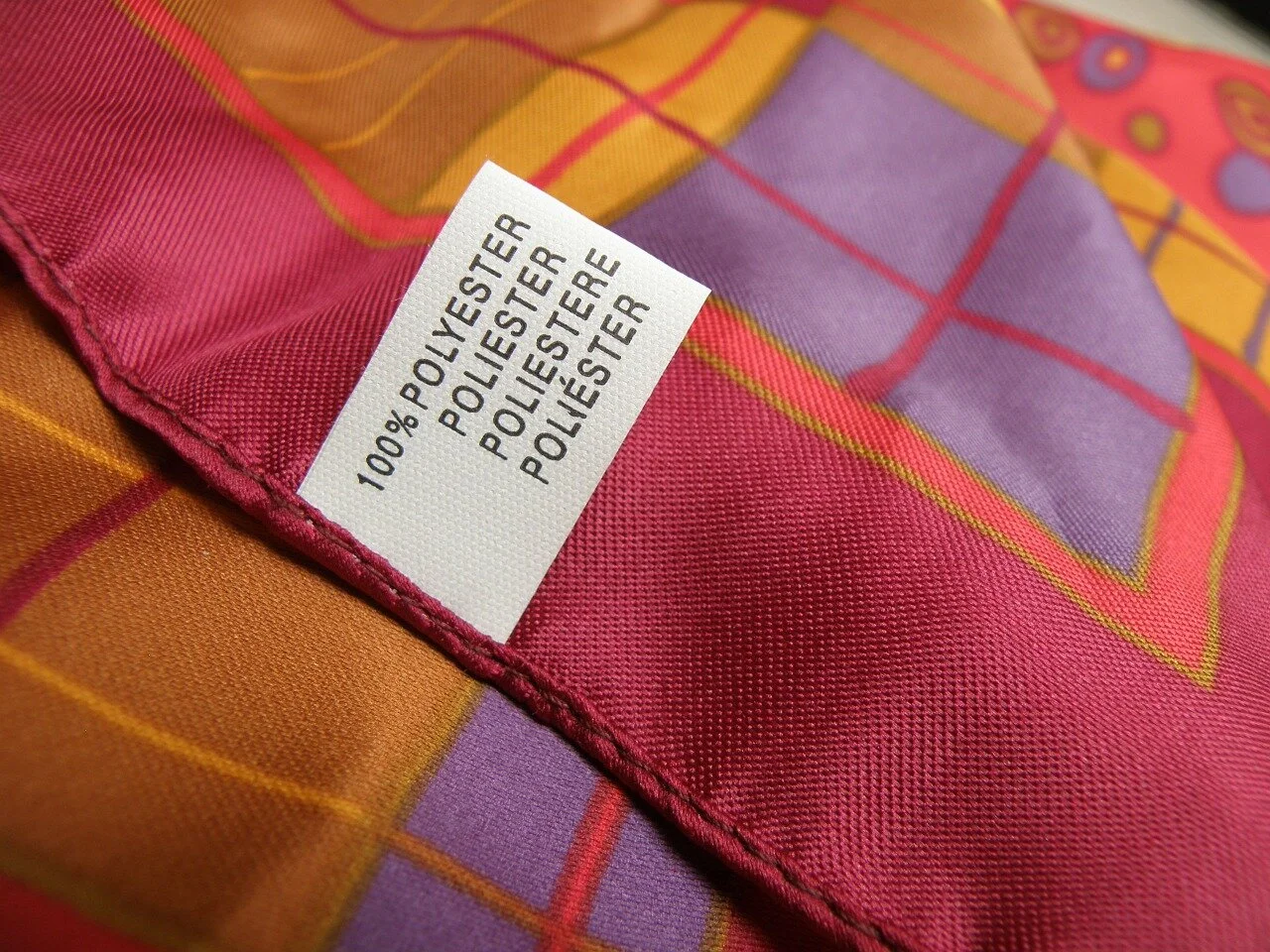What’s in YOUR closet?
Since our skin (epidermis) is our largest organ, why not be more vigilant on what we wear everyday. There are products used in the clothing manufacturing process that can be potentially harmful to your health. For example, some clothing contains formaldehyde, flame retardants, dyes, or latex, all of which can cause allergic reactions. So in order to avoid potential skin irritations, rashes, or worse, it's important to find clothing that supports a healthy lifestyle.
The healthiest fabric materials are cotton, linen, wool (cashmere), & silk. Cotton, specifically, is one of the most widely used fibers on earth and its use dates back over 5000 years. Historically, cotton has been growing in the U.S. since the mid 17th Century, and has been a staple crop in American agriculture ever since. According to Wikipedia, over 13 million tons are produced annually in the U.S. The United Sates is currently ranked 3rd (2018) in the world for production behind China and India. Research revealed that conventional cotton is extremely toxic and unhealthy for the environment. In the United States, farmers use a third of a pound of pesticides for every pound of cotton made.
Cotton harvesting accounts for nearly 25% of all pesticides and herbicides used in the USA. According to the EPA, since 2014 cotton is now treated with Enlist Duo (an herbicide also used on GMO corn and soybeans). Enlist Duo is a combination of Glysophate and 2,4-D. “when used according to label directions, The EPA says Enlist Duo is safe for everyone, including infants, the developing fetus, the elderly and more highly exposed groups such as agricultural workers. It also meets the safety standard for the environment, including endangered species” Enlist Duo is registered to be used in 35 of the 50 states.
Conventional Cotton is not healthy for our planet, but creating awareness and supporting organic agriculture and business is a healthy first step. Organic farming has become more popular as consumers learn of the chemicals used in our food chain, but when it comes to our fabrics and clothing, we don’t seem to be as stringent. What we put ON our bodies is just as important as what we put IN our bodies. Skin is our largest organ and chemicals from certain skin products and clothing can cause allergic reactions in some people. Also, as fabrics age, they break down, and eventually deteriorate and could possibly be unhealthy to wear. In less than 70 years, the simple cotton T-Shirt became arguably the most toxic consumer product made. In less than 30 years, an American icon became a cheap import mainly from overseas. TIP: Buy organic cotton and make sure it’s made in America.
According to the Extension Toxicology Network, “chemicals can be absorbed through the skin and into the blood stream.” As fabric both rests against our skin and is often treated with so many chemicals, it becomes a major way for toxins to get into the body. As a result, people have experienced all sorts of negative effects, including hormonal dysfunction, behavior problems, immune system problems, digestive system problems, reproduction problems, skin problems, cancer”…. and the list goes on.
What’s in YOUR closet?!
Although conventional cotton is treated with pesticides and herbicides, it is still a natural plant and is safer to wear than manufactured synthetic fabrics. Listed below are the five most toxic fabrics on the planet.
TOP 5 TOXIC FABRICS
1. Polyester is the worst fabric you can buy. It is made from synthetic polymers that are made from esters of dihydric alcohol and terpthalic acid.
2. Acrylic fabrics are polycrylonitriles and may cause cancer, according to the EPA.
3. Rayon is recycled wood pulp that must be treated with chemicals like caustic soda, ammonia, acetone and sulphuric acid to survive regular washing and wearing.
4. Acetate and Triacetate are made from wood fibers called cellulose and undergo extensive chemical processing to produce the finished product.
5. Nylon is made from petroleum and is often given a permanent chemical finish that can be harmful but is the least toxic of the five listed.
Additionally, any fabric that is static resistant, stain resistant, permanent press, wrinkle-free, or stain proof is toxic, too. Many of the stain resistant and wrinkle-free fabrics are treated with perfluorinated chemicals (PFCs), like Teflon. Many of these chemicals are on the surface of the fabric, treated later in the manufacturing process and are therefore more likely to leach into our skin and our bodies.
It is disheartening to think that some of the clothes in our closet (or children’s closet) are bad for our environment and health. One of the first “healthy and mindful” steps to take is de-cluttering the master closet. A cluttered closet (or room) can be distracting, frustrating and depressing. The first step is to tackle your closets for mental and health benefits. If an item has not been worn in years, or stains are present, say goodbye and donate to charity. De-cluttering a large closet can be a daunting task, but it is the most rewarding place to clean out. The removal of a dated, old rayon blouse or wrinkle-free polyester skirt from years ago is therapeutic for the mind and the body – literally. As Marie Kondo writes in her bestselling book The life-changing magic of tidying up, “start with discarding, all at once, intensely and completely” and throw away (or donate) all those toxic clothes in your life.





